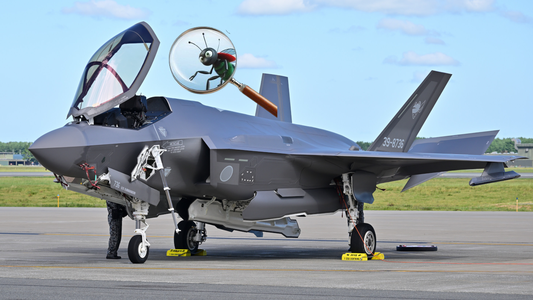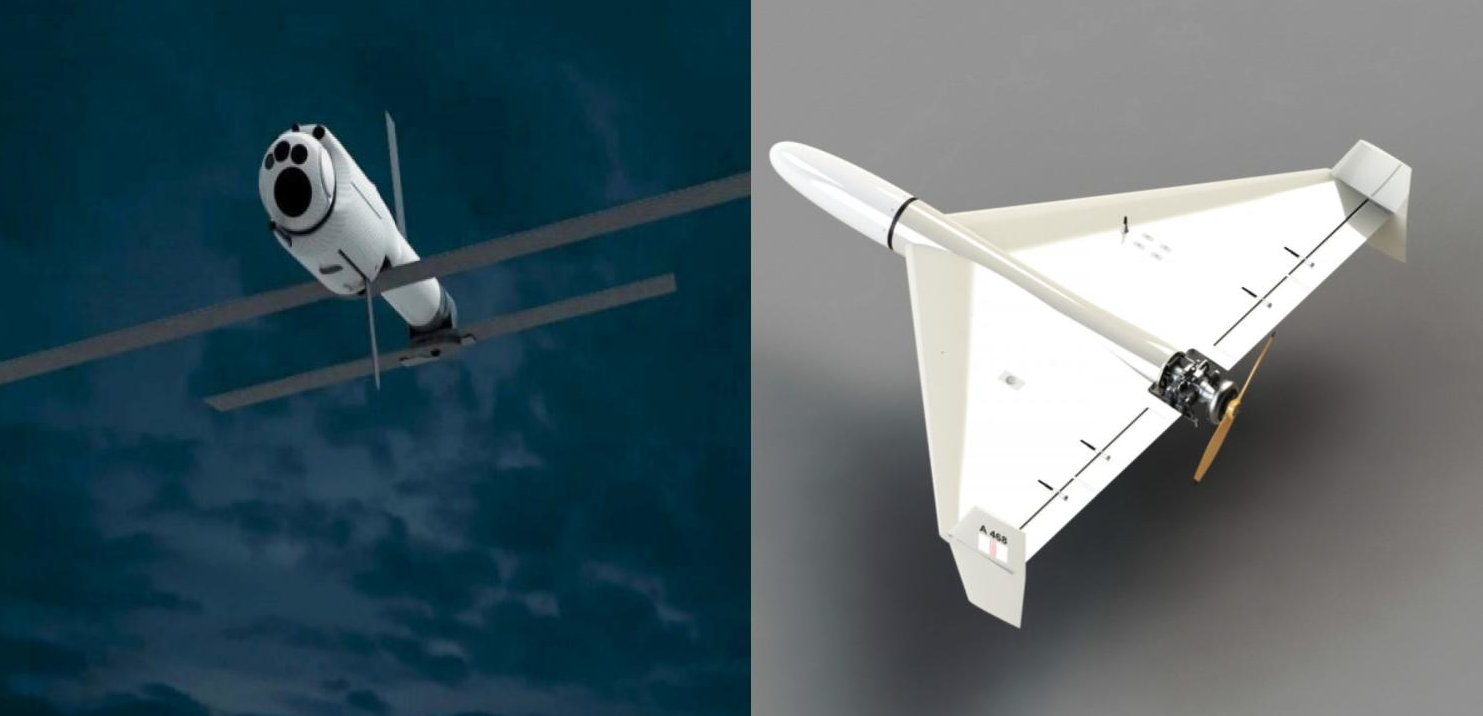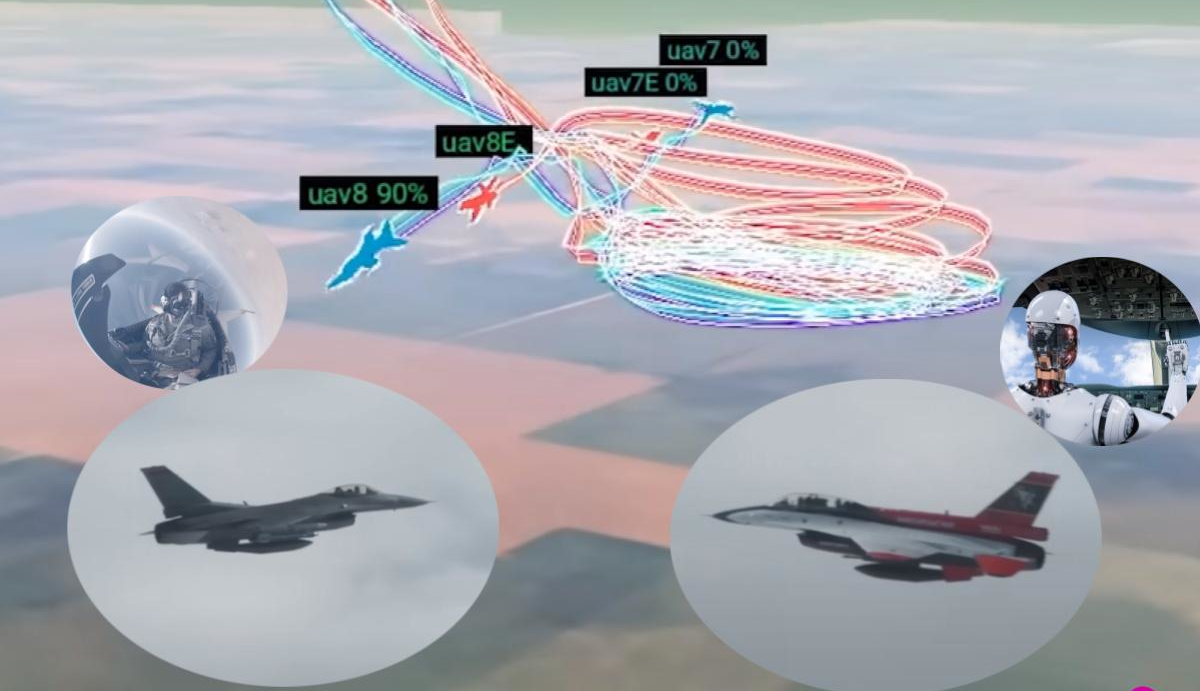Whenever a deal is announced for the purchase of American fighter jets by countries in the Middle East and Turkey, many voices question whether these aircraft contain a backdoor that allows America to access and disable their systems at will.
This belief stems from the idea that these jets might be used against Israel or American interests, not by the purchasing governments bound by a specific contract, but potentially by other groups seizing control or by a pilot acting independently.
In principle, everyone denies the existence of such backdoors, and their argument is convincing. If discovered by an adversary, it could be used to control these jets in battle. Therefore, America employs alternative methods to keep its aircraft under control and prevent actions against its interests:
- Clear Contract: A clear contract between the parties specifies how the jet can and cannot be used to avoid any misuse that could harm America.
- Support and Maintenance Contracts: Through these contracts, America regularly inspects its aircraft to ensure they are not used improperly, such as changing the GPS system to a non-American one, modifying some devices, or loading unauthorized military equipment.
- Built-in Security Features: Security features are embedded in the aircraft’s software and hardware to prevent unauthorized operations that contradict the seller’s intentions.
These built-in security features make it unnecessary to have a backdoor to access the aircraft. They are sufficient to prevent the aircraft from going to unauthorized locations and performing unauthorized actions. Additionally, the navigation system (GPS) used in these aircraft is American, and it can be used to mislead the aircraft if tampered with.
Thus, practically, the aircraft is equipped with all the features that force it to comply with the terms of the contract between the parties. If someone tries to hack the aircraft’s internal systems, the GPS system it uses can be used to mislead it and prevent unauthorized actions.
So, the backdoor exists, but not in the simple way you might see on social media, where specific signals and codes are sent to disable it when needed. If these codes were leaked, others could also control it. However, by embedding security features in its software and hardware and linking it to American navigation systems, it is practically confined to the limits set by its manufacturer.









